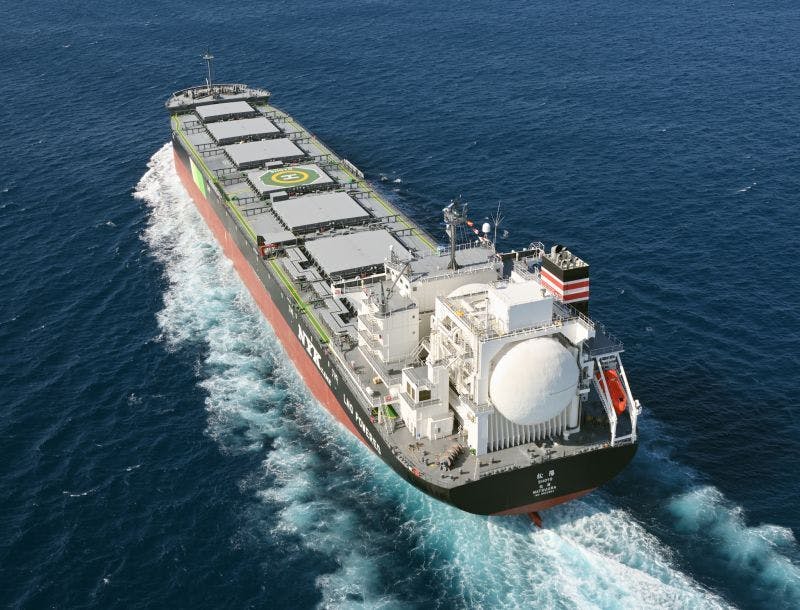The NET-ZERO Emission Goal In The Global Maritime industry By 2050
Thu Jan 01 1970
- The Earth's Composition and Oceans' Crucial Role: Our planet is predominantly composed of water, with approximately 75% of its surface covered by rivers and oceans. The oceans play a crucial role in the ongoing battle against global warming and climate change. Their significance is multifaceted, as they contribute in various ways to mitigate the effects of environmental challenges.
- Oceans as Oxygen Producers and Carbon Absorbers: For instance, the oceans are responsible for producing a staggering 50% of the oxygen required to sustain life on Earth. Additionally, they serve as a crucial carbon sink, absorbing 25 to 29% of the carbon dioxide (CO2) emissions generated by human activities. Furthermore, oceans capture an astounding 90% of the excess heat stemming from these emissions. In this regard, they play a critical role in stabilizing the Earth's climate.
- Seagrasses and Mangroves: Unsung Climate Heroes: Furthermore, oceans are not only vital for their immense capacity to store carbon. Their seagrasses and mangroves act as underappreciated champions in the fight against climate change. These unique ecosystems have the remarkable ability to absorb CO2 from the atmosphere at a rate up to four times greater than terrestrial forests. Among them, mangroves stand out as one of the largest reservoirs of CO2, storing an average of 1000 tons of carbon. Beyond their carbon-capturing capabilities, seagrasses and mangroves provide coastal protection against floods and storms, support the health of aquatic life, and enhance water quality.
- Ocean Health in Peril: Regrettably, the relentless emission of greenhouse gases is taking a toll on the health of our oceans. Warming waters and increased acidity are among the pressing challenges they face. The rising acidity of the oceans is a direct consequence of CO2 emissions. As CO2 is released into the atmosphere, it is absorbed by the ocean. Once inside, it dissolves in saltwater to form carbonic acid, which subsequently dissociates into bicarbonate and hydrogen ions, leading to acidification. This increased acidity can harm marine life, as it disrupts the production of bicarbonate ions essential for the growth of organisms like crabs, clams, and mussels, which rely on them to build their protective shells.
- Human Contributions to CO2 Emissions: The upsurge in CO2 emissions can be traced back to the industrial era, during which humans significantly increased the production of CO2 through activities such as the burning of fossil fuels. Notably, the maritime industry contributes 3% of global CO2 emissions due to the use of heavy fuel oil in ships. Nevertheless, there is reason for optimism as the International Maritime Organization (IMO) unveiled a groundbreaking initiative in July 2023. The IMO aims to achieve net-zero emissions from ships by 2050, a substantial improvement from its previous 2018 strategy, which aimed to reduce CO2 emissions by ships by 50% by 2030. In alignment with this vision, shipping companies are actively exploring alternative zero-emission energy sources, including hydrogen, ammonia, methanol, and wind power. Moreover, starting now, any newly ordered ships must possess the capability to operate on zero-emission fuels by 2040.
- Promising Developments and Future Prospects: Exciting developments are already underway in this endeavor. On October 2nd, NYK launched the world's first LNG-fueled coal carrier vessel, while also converting a liquefied natural gas tugboat into an ammonia-fueled tugboat, set for delivery in June 2024. These initiatives mark significant milestones in realizing the IMO's net-zero emission goals.

- A Collective Responsibility: It is imperative that we continue to explore all available renewable energy options to safeguard our oceans and the delicate ecosystems they support. Our planet is our only home, and we must collectively take action to protect it, starting with the preservation of our oceans for sustainable.